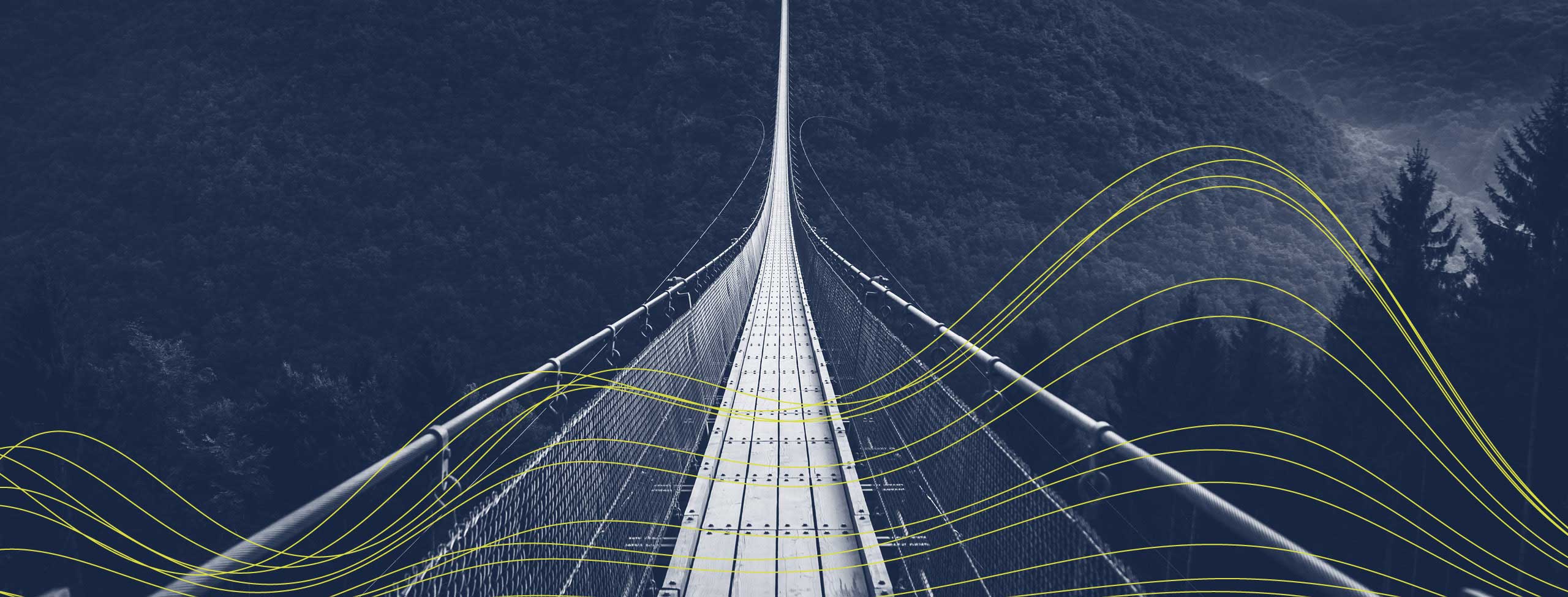Country-specific updates: Netherlands
Yacht private lease structure scrutinized
On 18 December 2020, the Dutch Supreme Court classified a yacht private lease structure as an abuse of law by the taxpayer. The taxpayer (an individual) had incorporated a non-EU entity (PropCo) which bought the yacht. As the yacht was transferred out of the EU, the supply to PropCo was subject to 0% VAT. Subsequently, PropCo would lease the yacht to another non-EU entity LeaseCo. LeaseCo is a third party, unaffiliated to the taxpayer nor to HoldCo. LeaseCo imports the yacht and leases it to the taxpayer at a rate which was way below market value (at a yearly rate of 1% of the value of the yacht).
The structure was aimed at reducing the amount of non-recoverable VAT applicable when the yacht would have been purchased by the taxpayer directly. In addition, there was a cash flow advantage as the Dutch VAT deferment scheme was used on the subsequent importation. According to the Dutch Supreme Court, the structure has a superficial nature as the taxpayer de facto has full ownership and control over the yacht (as the sole shareholder of PropCo). The Court takes also into consideration that the yacht was exported and subsequently imported which was the taxpayer's intention when setting up the structure. Considering the foregoing, the Court considers that VAT advantages was the primary objective of the structure and such advantages would be contradictory to the purpose of the law.
DLA Piper comment: Considering the funds required it is common for taxpayers to setup structures to facilitate the purchase of yachts. These structures are routinely using special purposes vehicles (SPV) to 'ringfence' the assets as well as for administrative and liability reasons. The SPV's are routinely incorporated in non-EU countries for the regulatory benefits (e.g., permits, licenses).
However, where such structures are set up solely to achieve a VAT advantage against the purpose of the VAT rules, the underlying transactions of such structures may be requalified leading to the application of VAT under the abuse of law doctrine. This may particular be the case where VAT is deducted in relation to assets which are ultimately used for purposes which do not provide for VAT recovery (e.g., private use).
